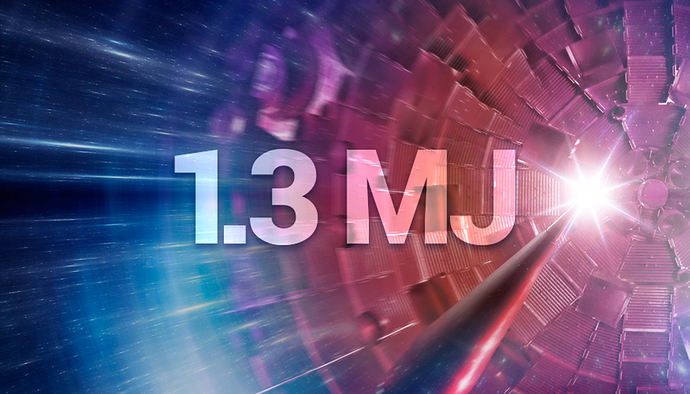On August 8, 2021, an experiment at Lawrence Livermore National Laboratory’s (LLNL’s) National Ignition Facility (NIF; Livermore, CA) made a significant step toward ignition, achieving a yield of more than 1.3 megajoules (MJ). This advancement puts researchers at the threshold of fusion ignition, an important goal of the NIF, and opens access to a new experimental regime.
The experiment was enabled by focusing laser light from NIF onto an ultrasmall target (about the size of a BB) that produces a hot spot the diameter of a human hair, generating more than 10 quadrillion watts of fusion power for 100 trillionths of a second.
“These extraordinary results from NIF advance the science that NNSA [National Nuclear Security Administration] depends on to modernize our nuclear weapons and production as well as open new avenues of research,” says Jill Hruby, DOE under secretary for Nuclear Security and NNSA administrator.
The central mission of NIF is to provide experimental insight and data for NNSA’s science-based Stockpile Stewardship Program. Experiments in pursuit of fusion ignition are an important part of this effort. They provide data in an important experimental regime that is extremely difficult to access, furthering our understanding of the fundamental processes of fusion ignition and burn and enhancing our simulation tools to support stockpile stewardship. Fusion ignition is also an important gateway to enable access to high fusion yields in the future.
While a full scientific interpretation of these results will occur through the peer-reviewed journal/conference process, initial analysis shows an 8X improvement over experiments conducted in spring 2021 and a 25X increase over NIF’s 2018 record yield .
